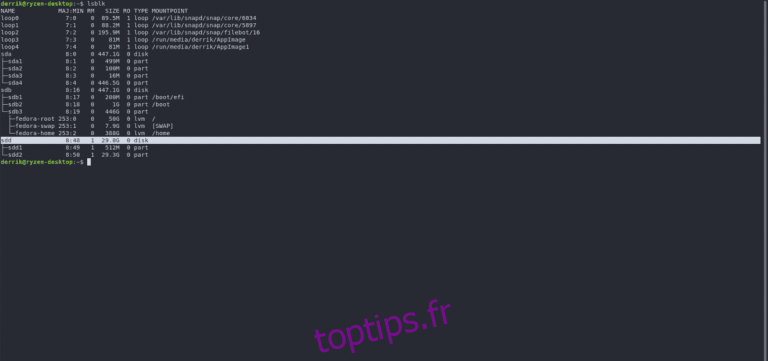

The manual build process is the Arch-supported install method for AUR packages. binary incompatibility with the glibc and any other libraries you link against: įor RPI in particular, the provided cross compilers are available at: and can be used as explained at: git clone Įxport PATH="$(pwd)/tools/arm-bcm2708/gcc-linaro-arm-linux-gnueabihf-raspbian-圆4/bin:$\n' > hello_world. On Arch Linux, snap can be installed from the Arch User Repository (AUR).the dynamic linker is at the wrong path:.Make a separate build directory and change to it. Get and unpack the latest version of the GROMACS tarball. Check that you have CMake version 3.16.3 or later. If you pick the cross compiler wrongly, the following may happen: Quick and dirty installation Get the latest version of your C and C++ compilers. log the executed ARM instructions with: qemu-aarch64 -d in_asm,out_asm main.out įor reliability in serious applications, the disk image provider must also provide a compatible cross compilerĪlthough you can install a cross compiler with apt conveniently, I must warn you that this is not necessarily reliable unless explicitly supported by the image provider.xz, zst) Download proj linux packages for Alpine, ALT Linux, Arch Linux. make cmake ccache git ninja python-pip tar unzip zip vim wget Install Python dependencies. As shown below:Make sure to install projinfo man page with CMake (1347) Add.

Then a few fun things you can do to quickly see that ARM is actually running under the hood: Once ArchLinux is installed you can use the docker script. You can try it out on this C hello world with QEMU: For 64-bit ARM, the toolchain prefix is aarch64 and usage is: sudo apt install gcc-9-aarch64-linux-gnu


 0 kommentar(er)
0 kommentar(er)
